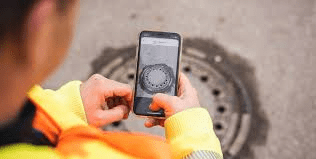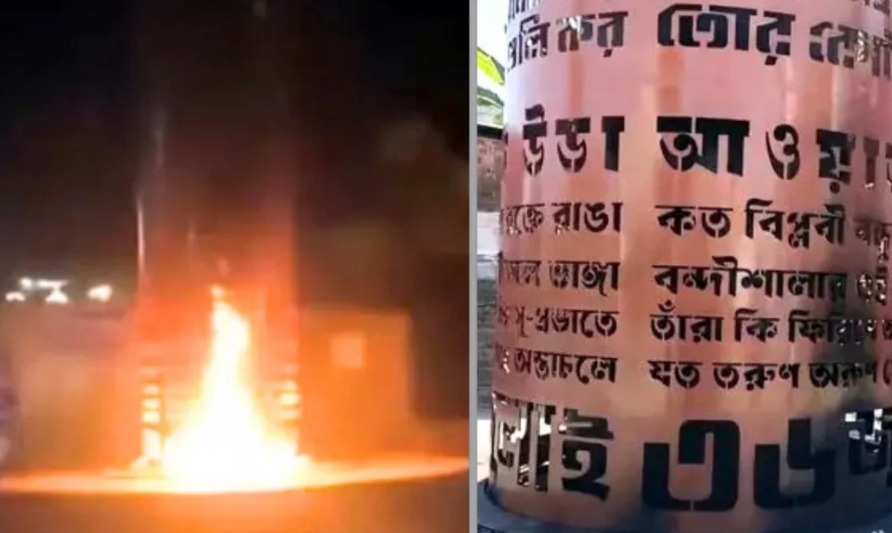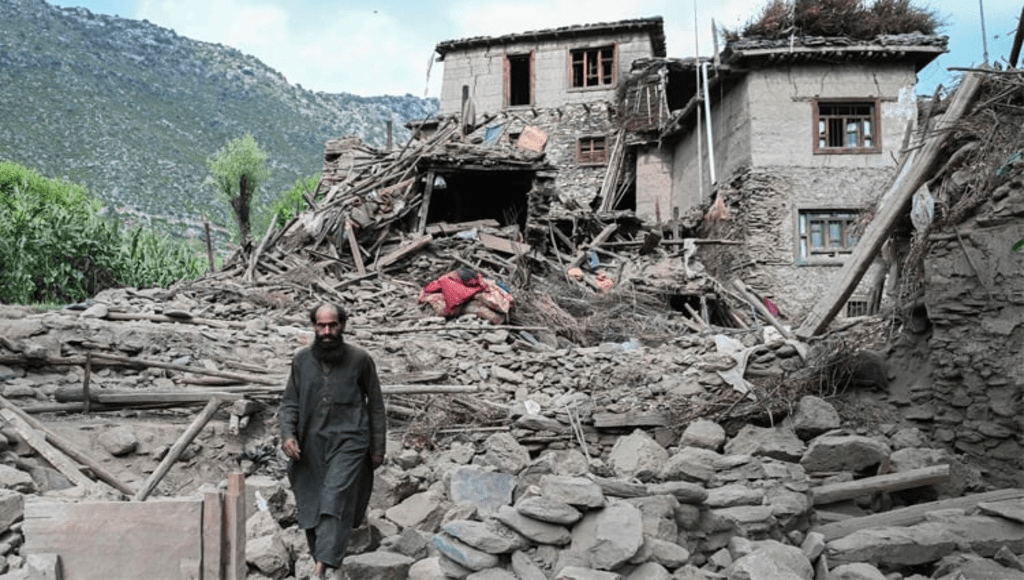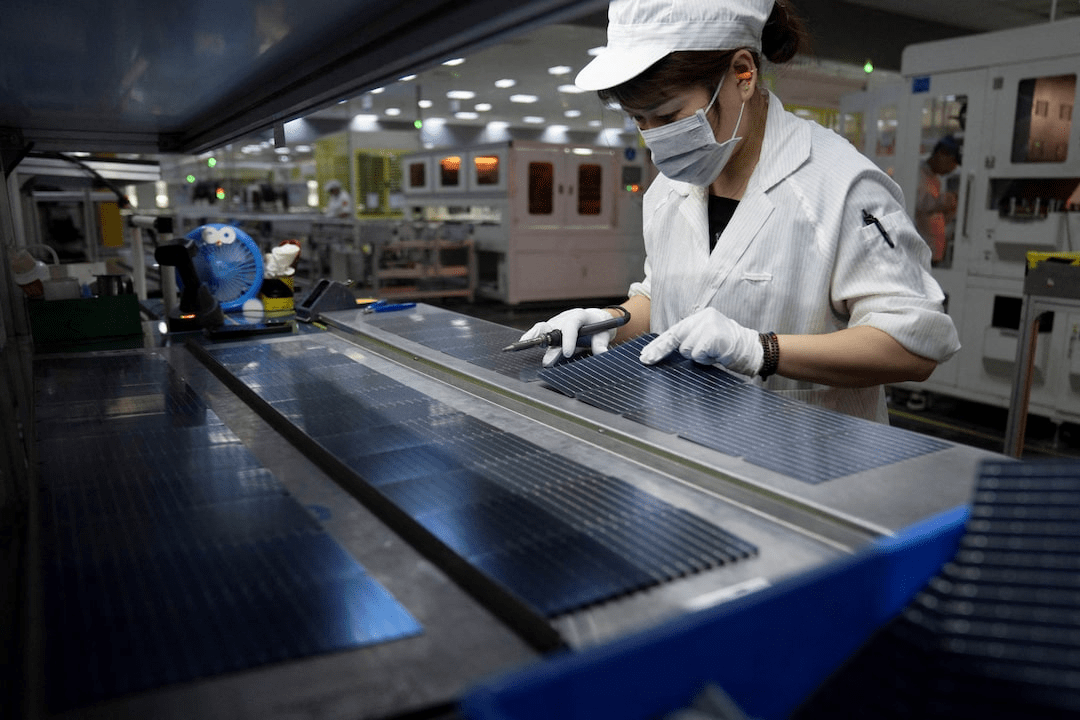AI tools for repairing crumbling roads
Across the United States, transportation agencies are turning to artificial intelligence to help decide which broken roads, damaged guardrails and faded lane markings should be fixed first. Instead of relying only on occasional human inspections, states like Hawaii and cities like San Jose, California, are piloting systems that automatically scan streets, flag risk hot spots and rank repairs. Officials say the goal is simple: fewer deadly crashes caused or worsened by neglected infrastructure. The shift comes as traffic deaths in several states remain stubbornly high even after the pandemic-era surge.
In Hawaii, authorities are handing out 1,000 AI-enabled dashboard cameras to selected drivers under a program called “Eyes on the Road.” The devices, developed with a private company, use computer vision to identify bent guardrails, missing signs and broken pavement, sending the images back to a central platform. Engineers say this gives them an almost real-time picture of road conditions that would otherwise take months of manual checks to assemble. The program follows a high-profile lawsuit in which the state paid millions to the family of a driver killed after hitting a guardrail that had been left unrepaired for more than a year. That case highlighted how a single missed inspection can have fatal consequences.
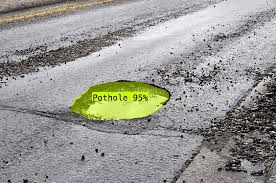
Data, privacy and the road to autonomous vehicles
In San Jose, the city started by mounting small cameras on street sweepers and parking enforcement vehicles that already roam neighborhoods every day. During a trial, officials found the system correctly detected potholes in roughly 97 percent of cases, and they are now expanding the program to cover more routes. Rather than relying on residents to file complaints one by one, the city hopes AI can proactively spot hazards before they trigger crashes or costly damage claims. Local leaders are also working with other municipalities through a coalition that shares best practices and, over time, aims to pool their growing libraries of road imagery.
Not every tool relies on cameras. A Massachusetts-based firm is using anonymized smartphone data to map where drivers are frequently hard-braking or swerving, clues that something in the road design may be forcing risky maneuvers. In one case, the system alerted engineers to a cluster of sudden stops at a particular Washington, D.C., intersection; the cause turned out to be a bush blocking a stop sign, solved with little more than pruning shears. Texas, with the largest roadway network in the country, has adopted several of these technologies to scan hundreds of thousands of lane miles for missing or outdated signs. Supporters describe AI as a force multiplier for road safety: not replacing human judgment, but allowing small agencies to monitor vast networks in close to real time. At the same time, experts warn that cities must be transparent about how they collect and store data, especially as more vehicles carry built-in cameras and sensors. Many of the companies involved see today’s projects as a bridge to a future when large numbers of vehicles will be partially or fully autonomous, with self-driving systems depending on clearer markings and better-maintained roads.

 TPW DESK
TPW DESK 